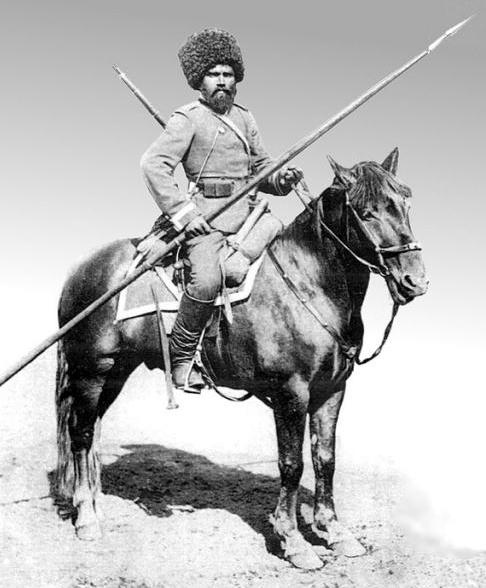MARCH 24, 2025 – I’m writing this with one eye. Correction (so to speak). I’m punching this out with 10 fingers equally divided between my two hands. It’s the vision part of the exercise that’s being managed by one eye—well, primarily one eye. The other eye is covered with a hard plastic protector to block any reflexive action that would cause my right hand to rub my right eye. This temporary setup is the human equivalent of the post-surgical plastic dog collar designed to keep the canine from messing with its stitches.
Having reached my current level of achievement in the Department of Aging, this morning I underwent cataract surgery to provide symmetry with the same kind of surgery that was completed on my left eye two weeks ago. For extra credit and on the recommendation of my ophthalmologist, on both occasions I had a stent implanted to drain fluid from the eye, a process intended to reduce chronically elevated pressure so as to reduce the potential insidious creep of glaucoma.
My ophthalmologist goes about life using the surname “Cossack.” I kid you not. I find this amusingly coincidental, given the extent to which the Cossacks ride with reckless abandon across chapters of the multiple books I’m now reading for my college course on Russian history. I assure you; my good doctor does not appear to have emerged rough, ready, and fearsome from the annals of history. He sports no mustache, for example, the size of a hairbrush or otherwise, and his head bears no papakha; his belt, no sword. He is of slight build, mild manners, and refined speech. I can’t imagine him on horseback fighting Poles, then Russians, then Turks—then, in turn, siding with each of the same in reverse order, as the tide may swing, first to the east, then back to the west.
Ever since I’ve been under the care of the Cossack, I’ve been curious about the origin of his name, but despite several appointments over the past three years, I haven’t had a chance to ask him about it. The closest I’ve gotten is to inquire about his education and learning that he attended Creighton, a Catholic institution with roots in the Irish immigrant community.
Without more facts, I have to imagine that “Cossack” defines nothing about my ophthalmologist; that it’s simply the vestige of one of many hurried and cacophonous days inside the large building on Ellis Island where new arrivals were processed. An immigration officer, perhaps, on that hectic day misunderstood my doctor’s Irish great-great grandfather when the latter replied to the simple but all critical question, “What’s your last name?”
“Costigan,” said the young Irishman at the very moment a dry bread crumb got stuck in his throat. But what came out in the polyglot din around him sounded a lot like “Cossack,” at least inside the ears of the official. Given the growing length of the queue, “Costigan” was written down just as it was misapprehended, and the rest is . . . history.
In further evidence that my ophthalmologist is unlikely related to “Cossacks,” is what played out in the operating room. Under light sedation, I was asked by Dr. Cossack if I wanted to listen to some music during the procedure, and if so, what kind of music.
“R-e-a-l-l-y?” I said, drawing the word out as if it followed a long sip of brandy. “Mu-u-u-sic?”
“Yes. It’s up to you.”
“Hmmm. How about . . . Bruck-ner’s Sev-enth Symph-o-ny?”
Seconds later, what should I hear but the familiar opening of exactly that piece, featuring the melliferous horns and celli against the violins in tremolo. To this exquisite accompaniment, the surgical team proceeded with their own stellar performance. A minute or two into it, they introduced a certain machine which emitted a continuous sound of varying pitch. I was surprised by how well it seemed to mesh with the Bruckner. I imagined the world premiere of an orchestral piece called, “Bruckner Seven and Cataract Surgery Machine.” With the proper sponsorship, it might well enjoy a second airing. By coincidence, the procedure ended in synch with the conclusion of the first movement of the symphony.
This evening, with that clear plastic eye shield taped over my eye I attended yet another riveting lecture by the good Professor Stavrou over on the West Bank of the University of Minnesota. The topics were the 1917 February and October Revolutions in Russia, and the rise of Stalin after the demise of Lenin. Cossacks received no mention. They will not be out of the picture for long. Tomorrow morning I have my follow-up appointment with Dr. Cossack, and if he appears not to be as hurried as the real Cossacks always seemed to be, I’ll inquire about the origins of his name and “see” how close my guess is to the Emerald Island.
Meanwhile, I’ll post this entry to the sound of . . . Bruckner’s Seventh (sans cataract surgery machine).
Subscribe to this blog and receive notifications of new posts by email.
© 2025 by Eric Nilsson

2 Comments
Eric, Your cataract tribulations and eye-patch experience so much more poetic than mine. I admire the way you fuse history with your daily life. Still up for that cup of coffee?
Erik Hansen
Hi, Erik! Yes, I’m nearly out of the woods–next week maybe? — Eric